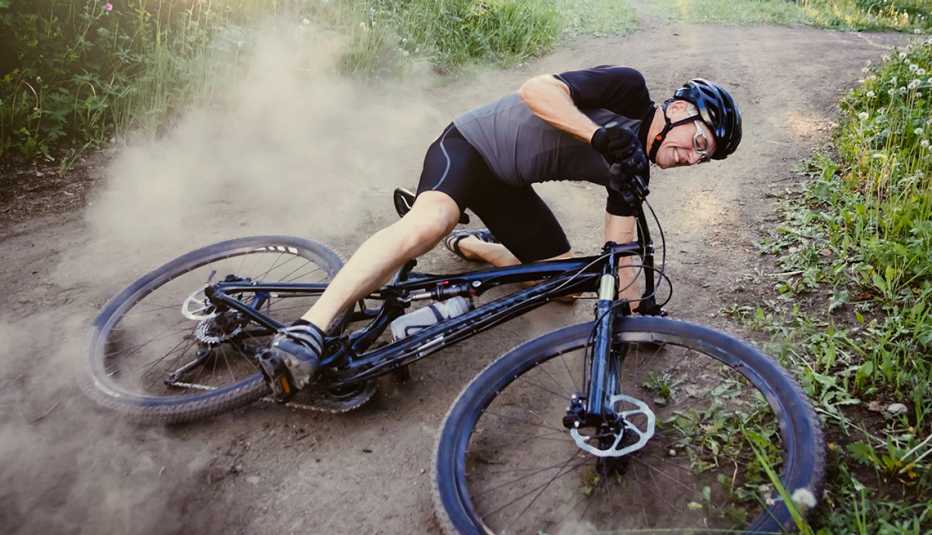Staying Fit


Nearly 36 million older Americans report falls each year, and a fifth of those result in injuries, according to the federal Centers for Disease Control and Prevention.
Those facts triggered a response from the technology industry: electronic fall detectors. These devices — mostly worn as pendants around the neck, on wristbands, clipped to pants or built into smartwatches — send an instant alert if they detect that the wearer has suddenly fallen to the ground or floor.


AARP Membership— $12 for your first year when you sign up for Automatic Renewal
Get instant access to members-only products and hundreds of discounts, a free second membership, and a subscription to AARP the Magazine.
Electronic fall detectors “can be important in getting people to emergency or urgent care sooner and prevent complications that can arise from lying in one position for an extended time,” says Hilaire Thompson, a professor at the University of Washington who studies traumatic brain injury and injury prevention.
How a fall detector does its job
At the core of any fall detector is the accelerometer. Its tiny electronic sensors measure movement on three different axes:
- Right and left
- Forward and backward
- Up and down
And the sensors register the unique motion of a fall:
- A short loss of gravity or a sense of weightlessness
- A jarring impact
- A period of motionlessness and a horizontal or tilted position
Accelerometers are sensitive and sophisticated. They can, for example, “distinguish a fall from the act of taking something off a shelf or walking down stairs,” says Marketing Director Kate Wahl at Medical Guardian, a Philadelphia-based medical alert systems company.

































































More on home-family
19 Things You Didn't Think Your Smartphone Could Do
'Swiss Army knife' of technology offers all kinds of help
Accessibility Tools on Your Smartphone That Can Make Your Life Easier
You can experiment with many of these features already on your device
Smartwatches Are Turning Into Emergency Alert and Tracking Devices
Caregivers, their loved ones can use new features to their advantage